This is best done the way modern precision LCR meters do it: a sinusoidal excitation between the ground and the plate, and a measurement of the current waveform. The current waveform should be averaged over several cycles of excitation, to get rid of asynchronous external interference.
The AC source can be a DAC and an op-amp amplifier. The current shunt amplifier should have some selectivity, i.e. tuning to the AC frequency, to prevent the output from being overloaded by interference.
A "logic level" waveform on the plate will not be easy to work with. The higher the amplitude, the less sensitive the system will be to external interference. If you can, go for about 24VRMS. Due to very light loading, any 36V op-amp should handle that or a bit less (say 22VRMS). The op-amp load current will be <0.1mA, so the step-up power supply can be "tiny", with about 10mA output capacity.
The ADC samples the excitation voltage along with the current. That gets I-Q demodulated digitally. Both the voltage and current channels should pass through DC remover first, and optionally through a bandpass filter. Then multiply the current sample with the excitation sample giving I, and the current sample with excitation sample from 1/4 of the excitation cycle before, giving Q. The I and Q should be averaged over several excitation cycles.
Say we do this measurement with 1kHz excitation, and we're averaging 100 cycles of excitation. Every 100ms we get a 1ms long averaged I and Q waveforms. Suppose we sample at 10kHz - we have a 10 sample I record, and a 10 sample Q record, each obtained from averaging 100 such records.
We then convert I and Q to complex IQ waveform (I+i*Q), and get the magnitude and argument records \$|IQ|\$ and \$\arg(IQ)\$ respectively. The mean of the magnitude record is proportional to the RMS current, and the mean of the argument record is proportional to the phase of the current. From those we get ESR and the capacitance.
This sounds complicated, but is actually quite easy with just about any low-end ARM M0 or similar microcontroller with an external ADC. The excitation waveform can be generated using multi-pulse PWM, a.k.a. magic sinewaves. A low order low-pass filter will convert that pulse train to a relatively clean sinewave. For example, for a 48MHz timer clock and 1kHz output, or 12,000 cycles per quadrant, the THD of the pulse train up to 40kHz is only 0.05%, quantization error included.
(TODO: a full example in C)


